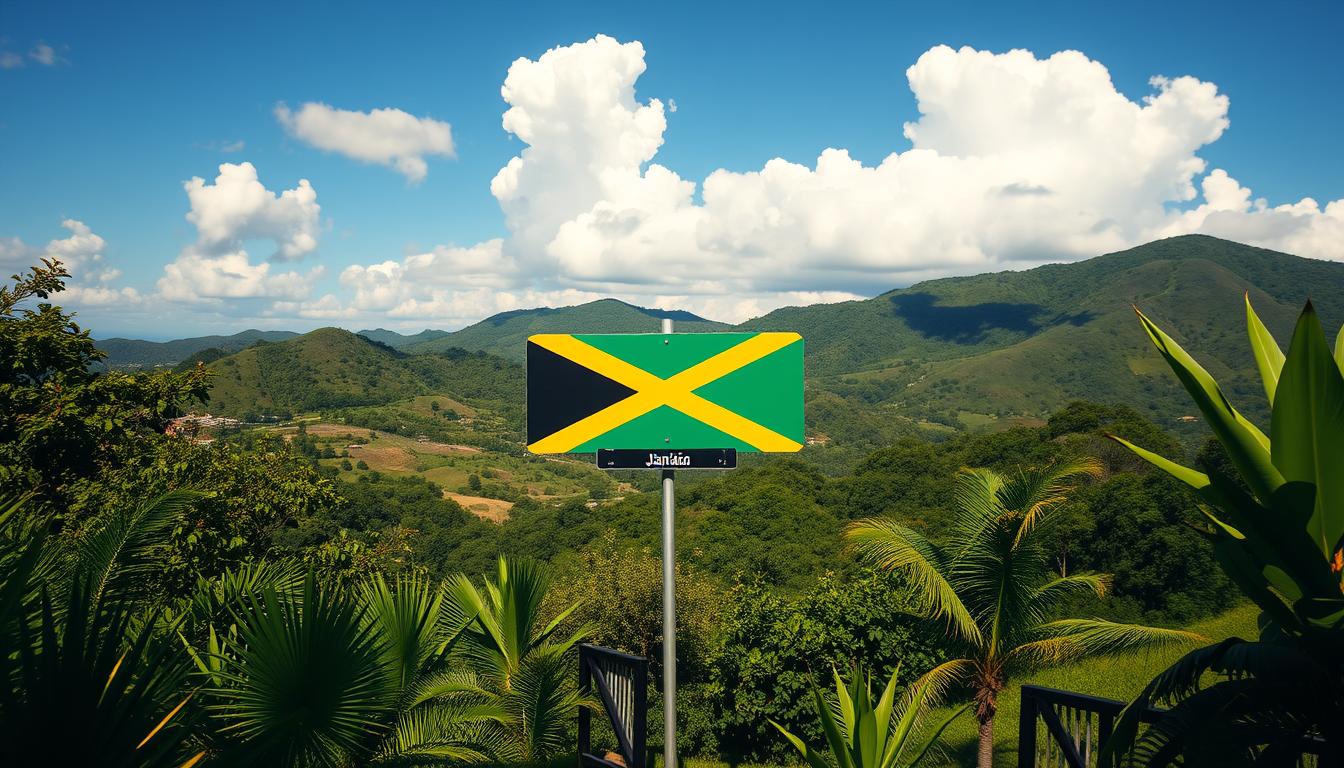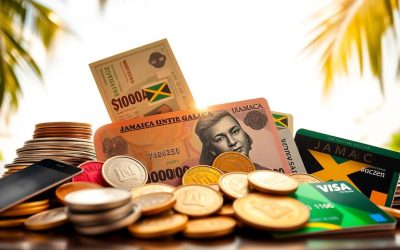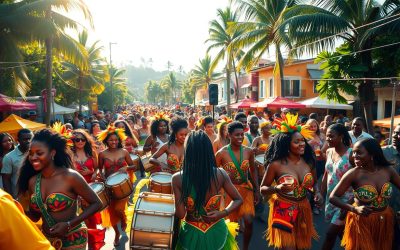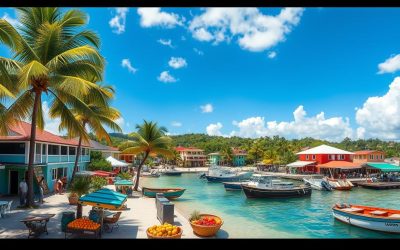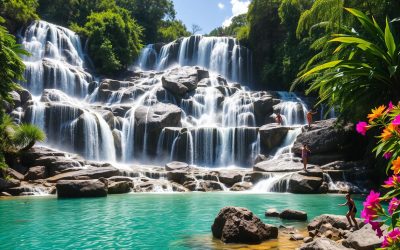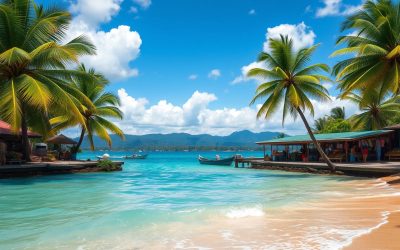Have you ever wondered how a country’s history shapes its language? In Jamaica, the story of its linguistic landscape is as rich as its culture. English serves as the official language, used in education, government, and media. Yet, the heart of everyday communication beats to the rhythm of Jamaican Patois.
This duality stems from the island’s colonial past and African influences. British colonization left English as the formal language, while the experiences of enslaved Africans gave rise to Patois. Together, they reflect the resilience and creativity of the Jamaican people.
Understanding this balance is key to appreciating the island’s heritage. Whether you’re planning a visit or simply curious, this article will guide you through the fascinating world of language in Jamaica. Ready to dive in?
Key Takeaways
- English is the official language of Jamaica, used in formal settings.
- Jamaican Patois is the most widely spoken language in daily life.
- The island’s linguistic history is tied to British colonization and African influences.
- Understanding these languages offers insight into Jamaican culture and identity.
- This article explores how history continues to shape language use in Jamaica.
Understanding Jamaica’s Linguistic Landscape
Language on this island reflects a blend of history, culture, and identity. From the colonial era to modern times, the way people communicate tells a story of resilience and creativity. The island’s linguistic journey is shaped by centuries of change and adaptation.
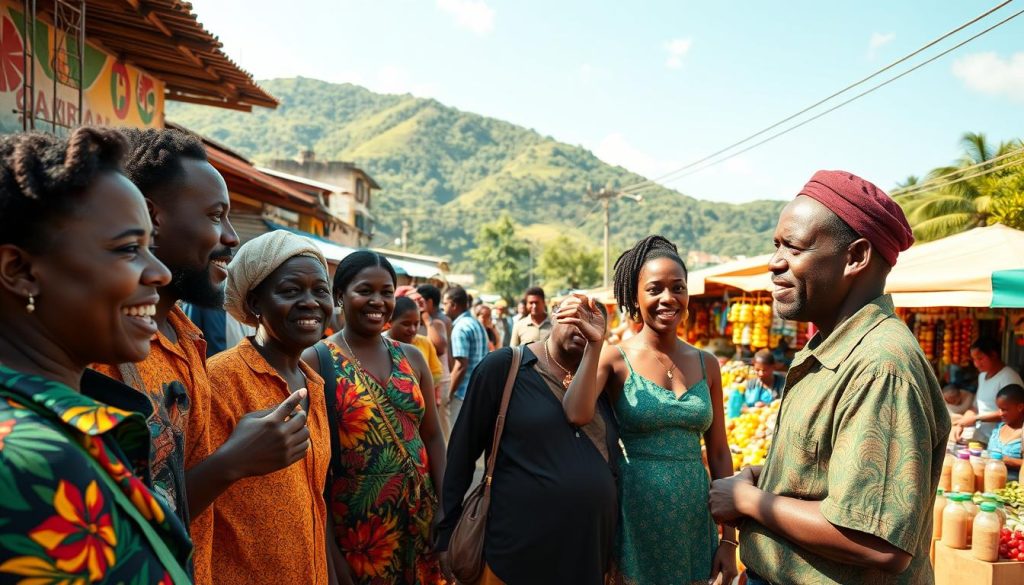
Historical Influences on Language
The roots of the island’s languages trace back to the era of the slave trade. Enslaved Africans brought their native tongues, which blended with English during the plantation era. This fusion gave birth to Jamaican Patois, a vibrant creole that remains central to daily life.
British colonization further shaped the linguistic landscape. English became the formal language, used in education and governance. Yet, the African influence persisted, creating a unique duality that continues to define the island’s identity.
Cultural Diversity and Language Evolution
Over time, the island welcomed immigrants from various regions, each adding to its linguistic richness. Indigenous Arawakan languages, though less prominent, also left their mark. This diversity fostered a dynamic environment where languages evolved and thrived.
Cultural expressions like music and storytelling played a key role. Reggae, for instance, has become a global ambassador for Jamaican Patois. These art forms not only preserve the language but also celebrate its evolution.
Understanding these influences helps you appreciate the island’s linguistic heritage. It’s a testament to the resilience and creativity of its people, offering a window into their past and present.
Jamaican English: The Official Language in Context
Language tells a story, and in this island nation, it’s a tale of history and identity. Jamaican English stands as the formal language, shaped by centuries of cultural evolution. While it’s rooted in British grammar and spelling, American influences have also left their mark.
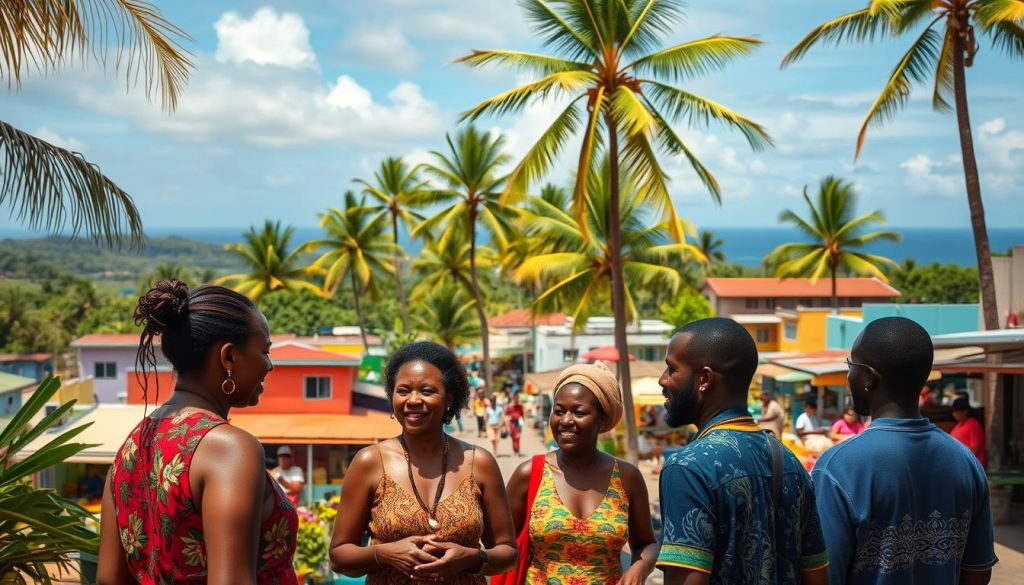
For many, English is a learned second language, not their native language. Yet, it plays a vital role in education, government, and media. This duality reflects the island’s unique blend of tradition and modernity.
Influence of British and American English
The British colonial era introduced English to the island, making it the standard for formal communication. Over time, American culture has also influenced its evolution. For example, words like “elevator” and “sidewalk” are now part of everyday vocabulary.
Despite these influences, Jamaican English has developed its own identity. Grammatical nuances and pronunciation set it apart from other variants. This distinctiveness is a testament to the island’s rich cultural heritage.
Role in Education, Government, and Media
In formal settings, Jamaican English is the language of choice. Schools teach it as the primary medium of instruction, ensuring that every speaker can communicate effectively in professional environments.
Government documents and official communications are also written in English. This ensures clarity and consistency across the population. Media outlets use it to reach a broader audience, distinguishing it from the spoken vernacular.
| Aspect | Jamaican English | Other Variants |
|---|---|---|
| Grammar | British roots with local nuances | Standardized rules |
| Pronunciation | Distinct accent influenced by Patois | Neutral or regional accents |
| Vocabulary | Mix of British and American terms | Primarily British or American |
Understanding Jamaican English offers insight into the island’s social dynamics. It’s more than just a language—it’s a reflection of history, culture, and identity.
Jamaica: Official and Widely Spoken Languages
The way people communicate in this Caribbean nation reveals a fascinating blend of tradition and modernity. While English serves as the formal language, Jamaican Patois, or Patwa, is the heartbeat of everyday conversation. This duality reflects the island’s rich history and cultural resilience.
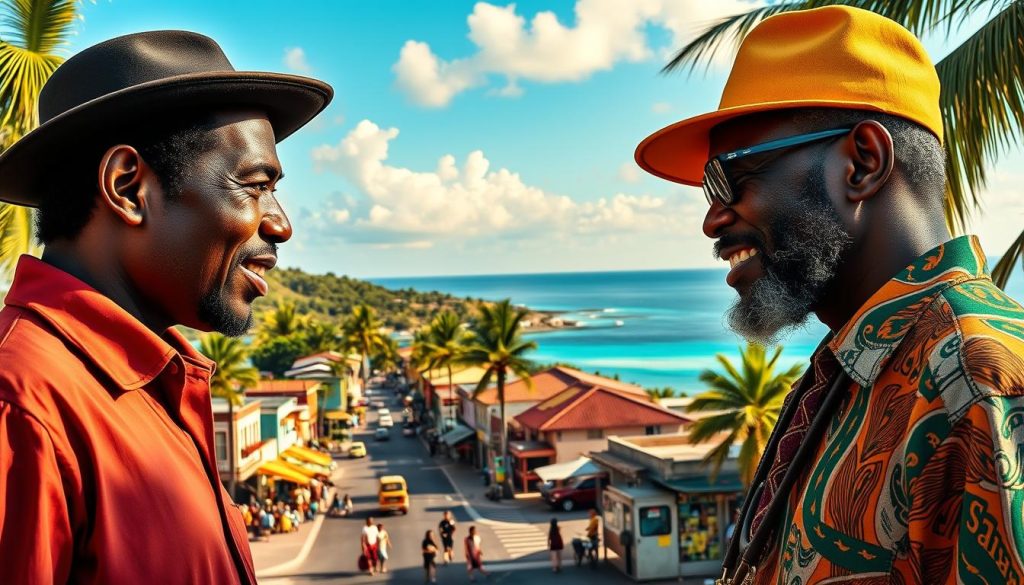
Comparing Jamaican English and Jamaican Patois
Jamaican English, rooted in British English, is the language of education, government, and media. It’s precise and structured, making it ideal for formal settings. On the other hand, Jamaican Creole, or Patois, is rhythmic and expressive, often used in social interactions and cultural expressions like reggae music.
Many Jamaicans speak both languages fluently, switching between them depending on the context. For example, English might be used in a classroom, while Patois dominates a casual conversation with friends. This linguistic flexibility is a testament to the island’s adaptability.
| Aspect | Jamaican English | Jamaican Patois |
|---|---|---|
| Usage | Formal settings, education, government | Everyday conversation, music, art |
| Grammar | Structured, follows British rules | Flexible, influenced by African languages |
| Pronunciation | Neutral, with local accents | Distinct, rhythmic, and melodic |
Social and Cultural Impacts of Language Use
Language in this nation is more than just a means of communication—it’s a marker of identity. Patois, for instance, is a source of pride for many Jamaicans speak. It’s deeply embedded in cultural expressions like reggae, which has spread globally, carrying the island’s linguistic heritage with it.
However, societal perceptions of language use can vary. English is often associated with professionalism and upward mobility, while Patois is seen as more authentic and relatable. This duality reflects the island’s complex social dynamics.
“Language is the road map of a culture. It tells you where its people come from and where they are going.”
The government plays a key role in maintaining the use of English in formal settings. Yet, the cultural resonance of Patois continues to grow, especially in music and art. This balance between tradition and modernity is what makes the linguistic landscape so unique.
Exploring Jamaican Patois and Its Creole Heritage
The story of Jamaican Patois is a journey through time and culture. This vibrant creole language, also known as Patwa, reflects the island’s resilience and creativity. Its roots trace back to the era of the slave trade, where African languages blended with English to form a unique means of communication.
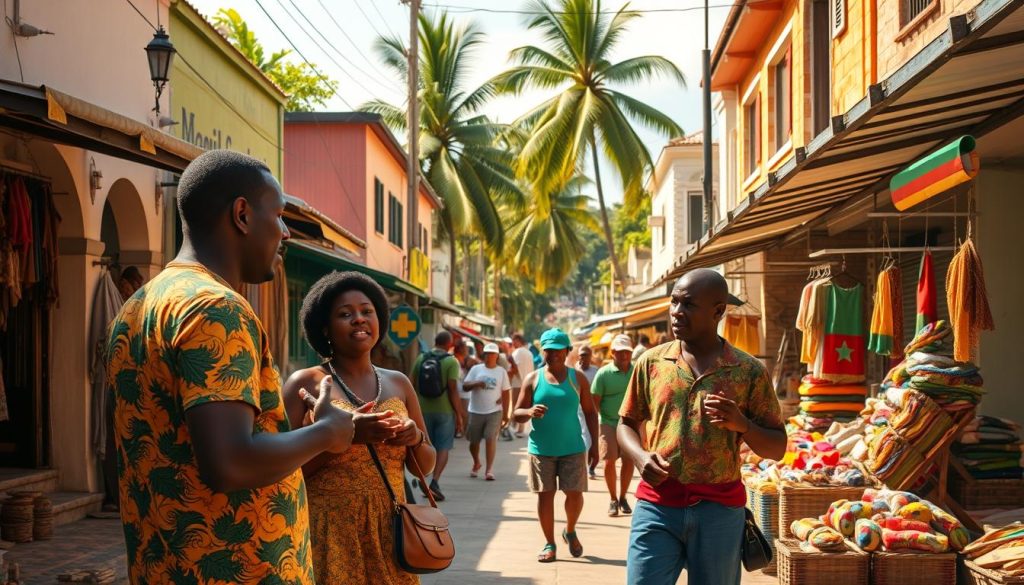
Origins during the Slave Trade and African Influence
During the transatlantic slave trade, enslaved Africans brought their native tongues to the island. These languages merged with English, creating a pidgin that evolved into Jamaican Patois. The Maroon communities played a key role in preserving its African influences, ensuring its survival and growth.
Words like “unu” (you plural) from Igbo and other African terms became integral to Patois. This linguistic fusion not only served as a tool for communication but also as a way to preserve cultural identity in the face of adversity.
Global Impact through Music and Cultural Exchange
Today, Jamaican Patois has transcended borders, thanks to its role in music and art. Genres like reggae and dancehall have carried its rhythms and expressions to audiences worldwide. Artists like Bob Marley have made Patois a global symbol of cultural pride.
In education and business, Patois is increasingly recognized for its value. While English remains the official language, Patois is celebrated in informal settings and creative industries. This duality highlights its importance in both local and global contexts.
“Language is the road map of a culture. It tells you where its people come from and where they are going.”
From its humble beginnings to its global reach, Jamaican Patois continues to shape the island’s identity. It’s a testament to the power of language to unite, inspire, and preserve heritage.
Conclusion
The vibrant linguistic blend of this island reflects its rich history and cultural depth. English official and Patois coexist, each playing a unique role in shaping identity and communication. From the slave trade to colonial rule, historical events have left a lasting mark on its language.
Language here is more than words—it’s a reflection of class, heritage, and creativity. In school and media, English dominates formal settings, while Patois thrives in everyday life and cultural expressions. This duality offers insight into the island’s diverse heritage.
Understanding this linguistic landscape is a gateway to appreciating its culture. Explore the towns, music, and art that keep these traditions alive. The evolution of grammar and usage continues to shape its unique identity.
Take a closer look at the media and art that celebrate this linguistic richness. It’s a journey worth exploring, offering a deeper connection to the island’s past and present.
The above is subject to change.
Check back often to TRAVEL.COM for the latest travel tips and deals.
Here are some Tours & Sightseeing suggestions that might pique your interests!
